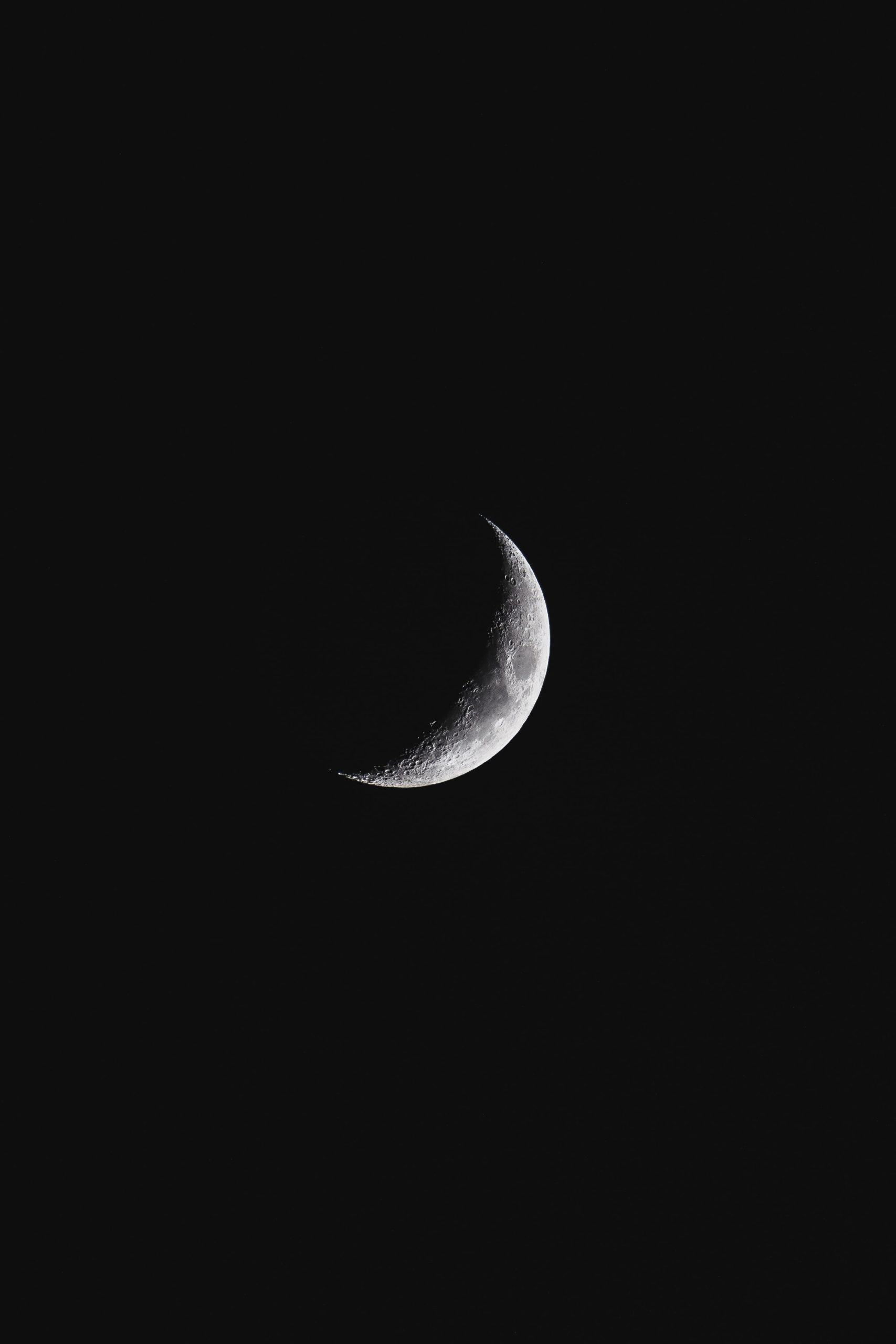Why is There a Big Ring Around the Moon?
Have you ever looked up at the night sky and noticed a large ring around the moon? This peculiar phenomenon, known as a lunar halo, has fascinated sky watchers for centuries. While it may appear mysterious, there is a scientific explanation behind this captivating sight. In this blog post, we will explore the various factors that contribute to the formation of a big ring around the moon.
What is a Lunar Halo?
A lunar halo, often referred to as a moon ring or a 22-degree halo, is a phenomenon that occurs when light from the moon passes through ice crystals in the Earth’s atmosphere. It creates a ring of light that surrounds the moon, giving it a glorious and ethereal appearance.
The shape of the halo is typically circular, with a radius of approximately 22 degrees from the moon. It appears as a halo rather than a solid disc due to the scattering of light by the ice crystals in the atmosphere. The colors of the moon ring are usually pale white or silver, though sometimes a subtle tinged coloration can be observed.
How Are Lunar Halos Formed?
The formation of a lunar halo involves several key elements: the moon, ice crystals, and specific atmospheric conditions. Let’s examine each of these factors in more detail.
The Moon
At the heart of every lunar halo is, of course, the moon itself. As the moon shines brightly in the night sky, its light travels towards Earth, ready to encounter the other elements necessary for the formation of the halo.
Ice Crystals
The second essential component for a lunar halo to occur is the presence of ice crystals in the atmosphere. These ice crystals can take various forms, such as hexagonal plates or columns. These microscopic ice particles are usually found high in the Earth’s atmosphere, in the cirrus or cirrostratus clouds.
When the moonlight interacts with these ice crystals, the light is refracted, or bent, at different angles. This bending is responsible for the formation of the halo around the moon.
Atmospheric Conditions
The third and equally important factor in the formation of a lunar halo is the specific atmospheric conditions. For a moon ring to be visible, the sky must be relatively clear with minimal cloud cover. This allows the moonlight to reach the ice crystals and create the refracted light patterns.
In addition, the presence of moisture or humidity in the air can enhance the visibility of the lunar halo. Moisture can cause the ice crystals to become larger, resulting in a more pronounced and vibrant ring around the moon.
Other Celestial Phenomena Associated with Lunar Halos
The occurrence of a lunar halo often coincides with other fascinating celestial phenomena. Let’s explore some of these intriguing occurrences:
Moondogs or Mock Suns
Moondogs, also known as mock suns or parhelia, are bright spots of light that can appear on either side of the moon, forming a triangular shape with the moon at the center. These spots are caused by the same ice crystals in the atmosphere that create the lunar halo.
Moondogs are essentially reflections of the moon’s light that become visible due to the bending of light by the ice crystals. They resemble small, false suns, and their appearance can enhance the magical ambiance of a lunar halo.
Lunar Corona
Another captivating phenomenon often associated with lunar halos is the lunar corona. Unlike the circular shape of the lunar halo, the corona is much smaller and appears as a series of concentric rings of color surrounding the moon.
The lunar corona is caused by diffraction, rather than refraction, of the moonlight. When the light passes through tiny droplets of water in the atmosphere, it diffracts and creates the corona effect. The result is a mesmerizing display of colors around the moon.
Historical and Cultural Significance of Lunar Halos
Lunar halos have fascinated cultures around the world throughout history. These captivating displays have often been interpreted as omens or symbols of impending events.
In some myths and folklore, lunar halos were seen as celestial messages, foretelling everything from changes in the weather to significant societal shifts. Some legends even associated lunar halos with the supernatural, suggesting they were portals to other realms.
Today, lunar halos continue to captivate and inspire sky watchers, sparking a sense of wonder and awe at the beauty of the natural world. Photographers and artists often find themselves drawn to capture this enchanting sight, further immortalizing the allure of the lunar halo.
Conclusion
The big ring around the moon, also known as a lunar halo, is a captivating phenomenon that occurs when moonlight interacts with ice crystals in the Earth’s atmosphere. Through refraction and diffraction, these ice crystals create a circular ring around the moon, often accompanied by other mesmerizing celestial displays.
While the scientific explanation behind lunar halos removes much of the mystery, the beauty and wonder they inspire remain. So, the next time you find yourself gazing at the night sky and spot a big ring around the moon, take a moment to appreciate the extraordinary forces at play in creating this celestial spectacle.
Table of Contents
